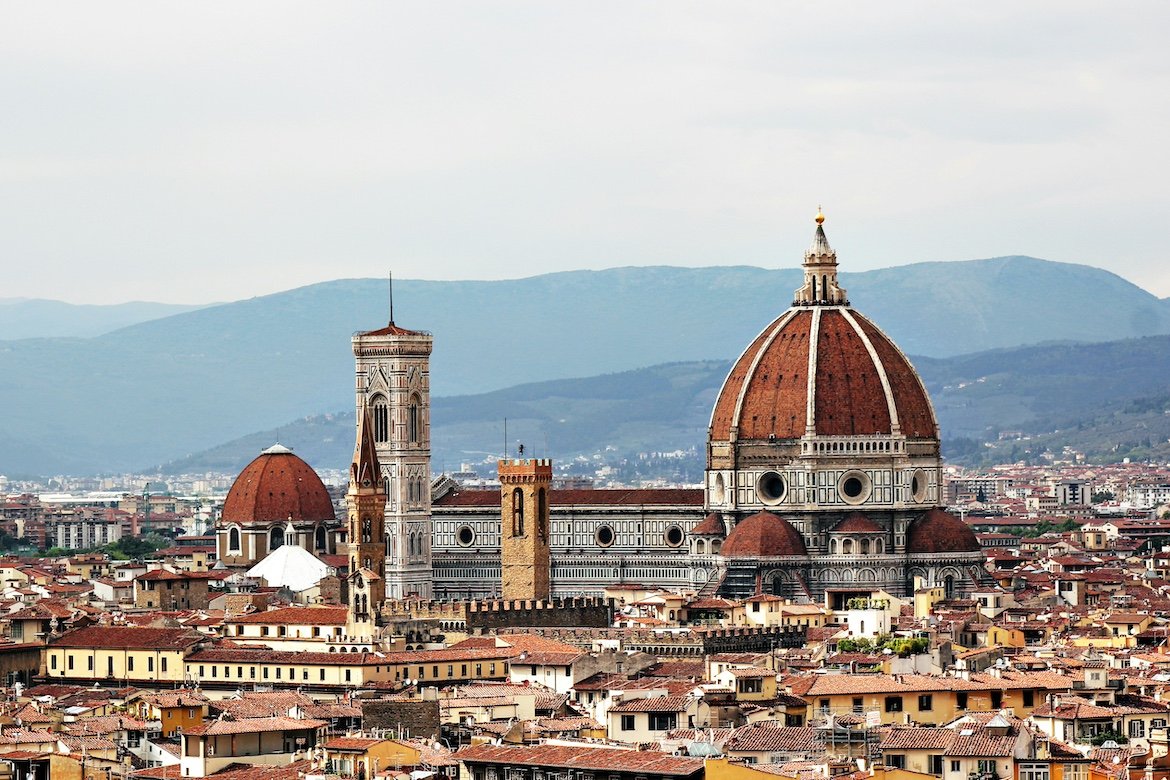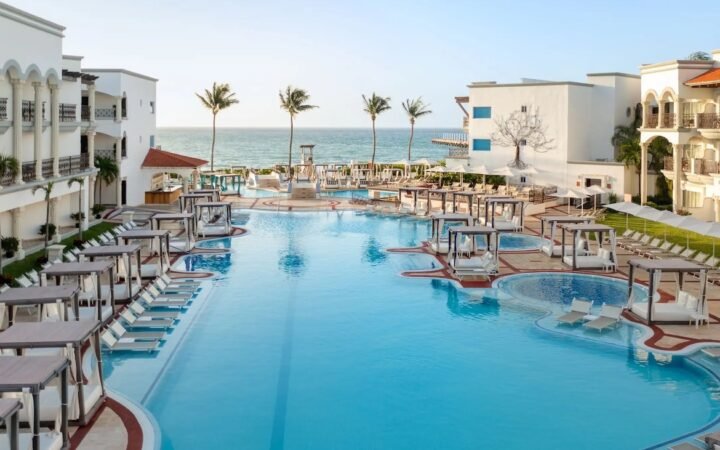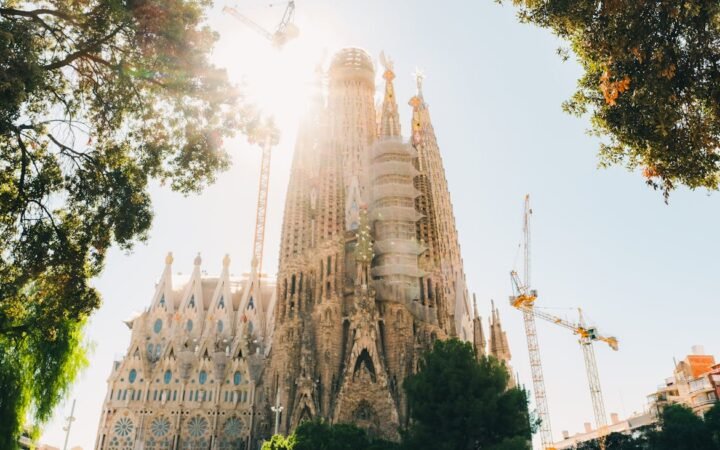
France, long considered the world’s tourism powerhouse, had no cities in the 2025 list of the world’s best cities for travelers. The ranking, based on reader votes, surprised many because France receives over 100 million international visitors annually, more than any other country. Paris, often a symbol of global tourism, failed to secure a spot, highlighting a shift in traveler preferences.
Instead, Italian destinations dominated the European presence with three entries: Florence, Rome, and Siena. Smaller, culturally rich cities from Spain and Türkiye also made the list, while France was completely absent. Travelers seemed to favor destinations that feel more intimate and authentic rather than globally iconic megacities.
What Travelers Chose Instead
The top five cities reflected a desire for vibrant culture, local heritage, and immersive experiences. San Miguel de Allende in Mexico ranked first, followed by Chiang Mai, Tokyo, Bangkok, and Jaipur. These destinations are celebrated for their colorful streets, cultural festivals, and unique atmosphere, offering visitors experiences that go beyond standard sightseeing.
European cities still performed well, but not the expected French ones. Florence and Rome remain favorites for their art, architecture, and culinary traditions, while Siena’s medieval character and famous Palio horse race continue to attract culture-focused travelers. Seville, Granada, Istanbul, and Porto also appeared on the list, reflecting the appeal of mid-sized European cities with deep historical roots.
Travelers increasingly reward places that feel distinctive rather than overcrowded or commercialized. This trend favors cities that can deliver memorable local interactions, culinary authenticity, and a sense of discovery.
Why France Missed the Cut
France’s absence may be linked to the perception of overtourism and rising costs in cities like Paris. For some travelers, the magic of iconic sites like the Eiffel Tower or the Louvre is offset by long queues, high prices, and heavily commercialized surroundings. Survey results suggest that many prefer destinations that feel more personal and less predictable.
The success of cities like Siena, Seville, and Jaipur reflects a global appetite for immersive, story-driven travel. These locations offer cultural authenticity without the overwhelming crowds of a top-tier capital. France still attracts massive visitor numbers, but its urban experience may no longer align with evolving definitions of “best city” for travelers seeking originality and value.
For the travel industry, the message is clear. Tour operators, agents, and destinations can benefit by highlighting experiences that feel intimate and locally connected. Smaller French towns and regions such as Provence, Alsace, and Brittany may offer the authenticity travelers now seek. Focusing on unique experiences – markets, vineyards, or village festivals – can help France reclaim a place in future rankings.
The broader trend also signals a shift for global tourism marketing. Travelers today want to be part of a city’s story rather than just its postcard image. For destinations worldwide, balancing recognition with authenticity will be key to staying relevant in the years ahead.




